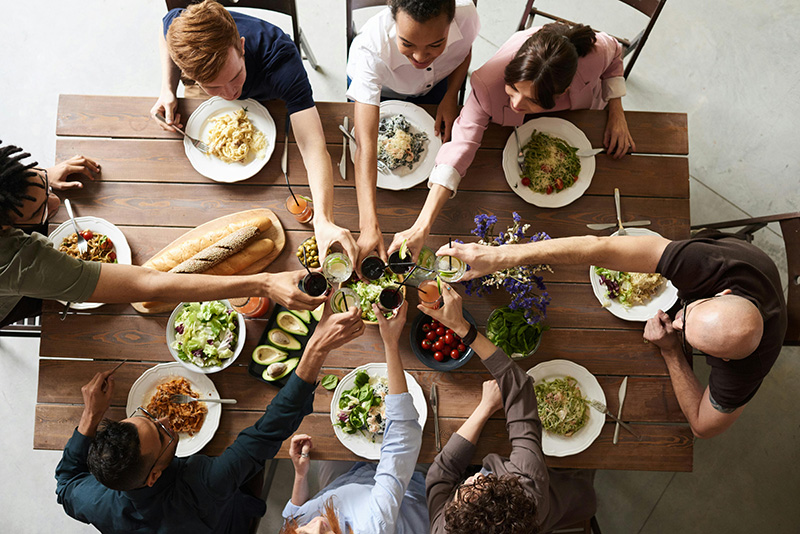No products in the cart.
Unlock the Key Terms Every Wine Lover Should Know
Essential Wine Terminology: Speak the Language of Wine with Confidence
Dive into the fascinating world of wine with our comprehensive guide to essential wine terminology. Whether you’re a budding enthusiast just beginning your wine journey or an experienced connoisseur looking to refine your knowledge, understanding key wine terms is crucial to enhancing your appreciation and confidence.
Wine terminology can seem intimidating, but our guide simplifies the jargon, making it approachable and easy to learn. Imagine being able to decode a wine label effortlessly, describe the nuances of a wine’s aroma and flavor with precision, or confidently discuss your preferences at a wine tasting or dinner party. Our guide is here to help you do just that.
You’ll learn about foundational terms like tannins, the natural compounds that influence a wine’s structure, and terroir, the unique environmental factors that shape a wine’s character. We’ll demystify concepts like body, which describes the weight of a wine on your palate, and bouquet, the array of scents that develop as wine ages. Whether it’s understanding acidity, vintage, or the difference between a varietal and a blend, our guide provides clear explanations for terms you’ll encounter often.
Mastering wine terminology not only enhances your enjoyment of wine but also empowers you to connect with fellow wine lovers, sommeliers, and winemakers on a deeper level. It allows you to explore wine with curiosity, articulate your preferences, and discover new favorites with ease.
With our guide to essential wine terminology, you’ll gain the tools and confidence to navigate the rich and diverse world of wine. Elevate your wine experience by speaking the language of wine fluently and sharing your passion with others. Whether you’re savoring a casual glass at home or exploring a wine region abroad, this knowledge will enrich every sip.

Essential Wine Terms Every Beginner Should Know
A Beginner’s Guide to Understanding Wine Vocabulary and Enhancing Your Tasting Experience
Acidity
A key component in wine that gives it freshness and balance. Higher acidity often makes wines more vibrant and refreshing (e.g., Sauvignon Blanc)
Aeration
The process of exposing wine to air to allow it to "breathe" and release aromas. This is often done by decanting or swirling the wine in the glass
Aroma
The scents in wine that come from the grapes. It includes fruity, floral, herbal, and earthy characteristics
Body
Refers to the weight or fullness of the wine, often described as light, medium, or full-bodied. It is influenced by factors like alcohol, tannins, and residual sugar
Bouquet
The complex aromas that develop in wine as it ages, distinct from the aromas of the grape (which are the "aroma")
Corked
A term used when a wine is contaminated with a chemical compound from a bad cork, which can cause a musty or moldy smell.
Decanting
Pouring wine from the bottle into another vessel to separate it from sediment and allow it to aerate.
Dry
A wine that has little to no residual sugar, resulting in a more crisp or even bitter taste
Finish
The aftertaste of a wine, which can be short or long, and is an indicator of quality.
Legs
The streaks that form on the inside of the glass after swirling wine, which are indicators of alcohol content and viscosity.
Nose
The smell of wine, including all its aromas and bouquet. A wine’s nose can tell a lot about its quality and style.
Oak
Wood barrels used in aging wine, which can impart flavors such as vanilla, spice, and smokiness. Common in red wines like Cabernet Sauvignon.
Tannins
Compounds found in grape skins, seeds, and stems that give wine structure and can make it taste dry. They’re especially prominent in red wines.
Terroir
The unique environmental factors (soil, climate, topography) that influence the character and flavor profile of the wine grapes grown in a particular region.
Varietal
The type of grape used to make a wine, such as Merlot or Chardonnay. This term also refers to wines made from one primary grape variety.
Vineyard
A place where grapevines are cultivated. The term also refers to the specific growing environment and vineyard practices that affect wine production.
Vintage
The year the grapes were harvested, which can significantly impact the flavor profile of the wine depending on the climate that year.
Winespeak
A term used for the descriptive language and terminology used when tasting and evaluating wine.
Zesty
Describes a wine that has bright acidity and an energetic, refreshing character, often used for white wines like Sauvignon Blanc.
Sweetness
The level of residual sugar left in a wine after fermentation. Wines can range from bone-dry to sweet, with dessert wines like Sauternes being among the sweetest.



